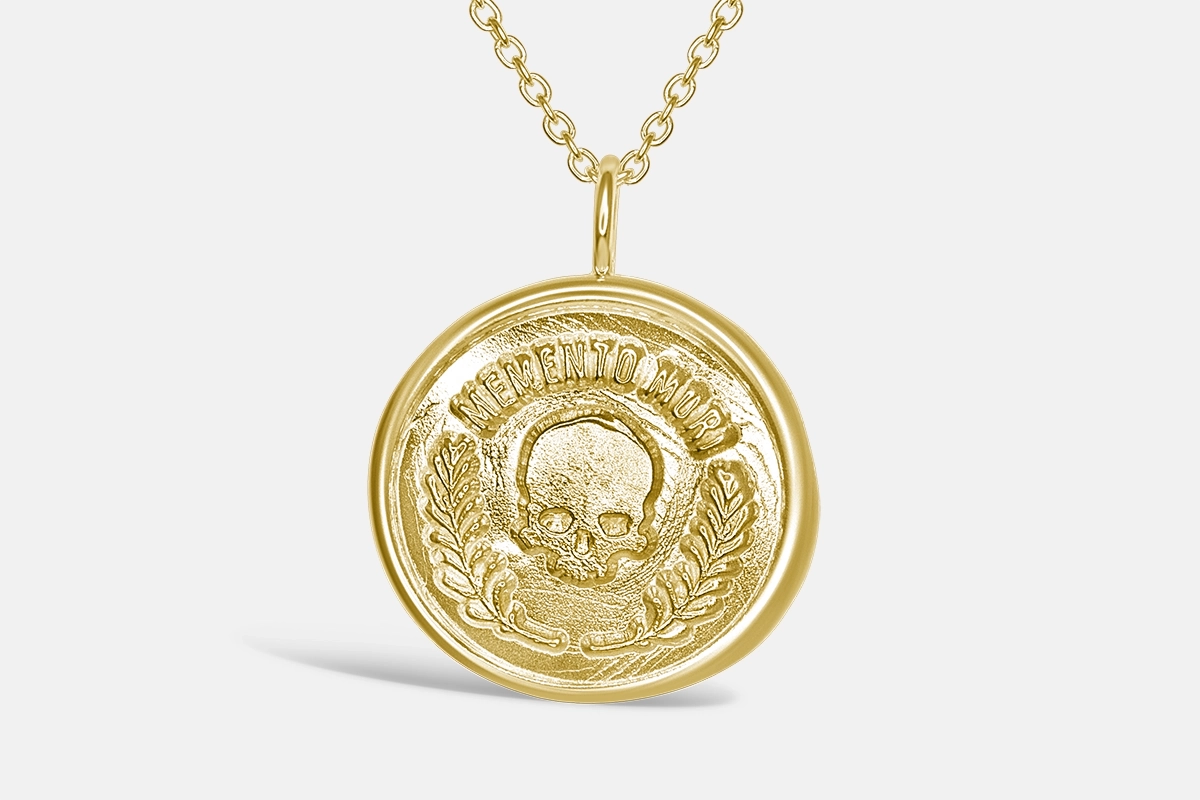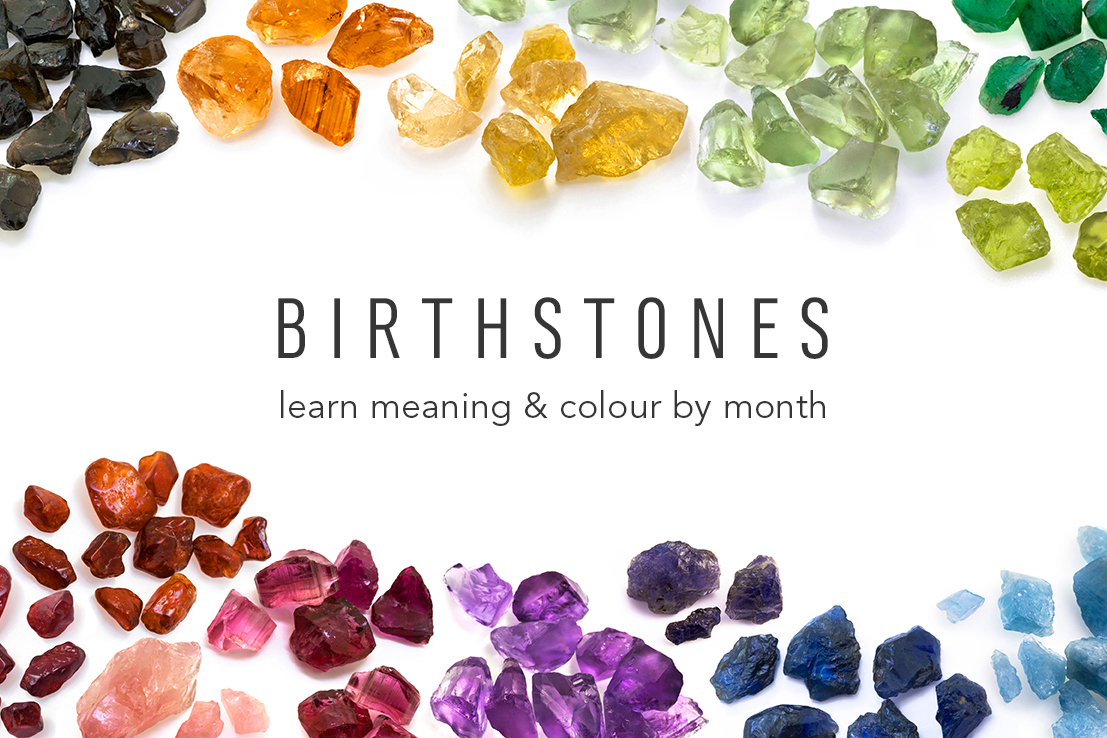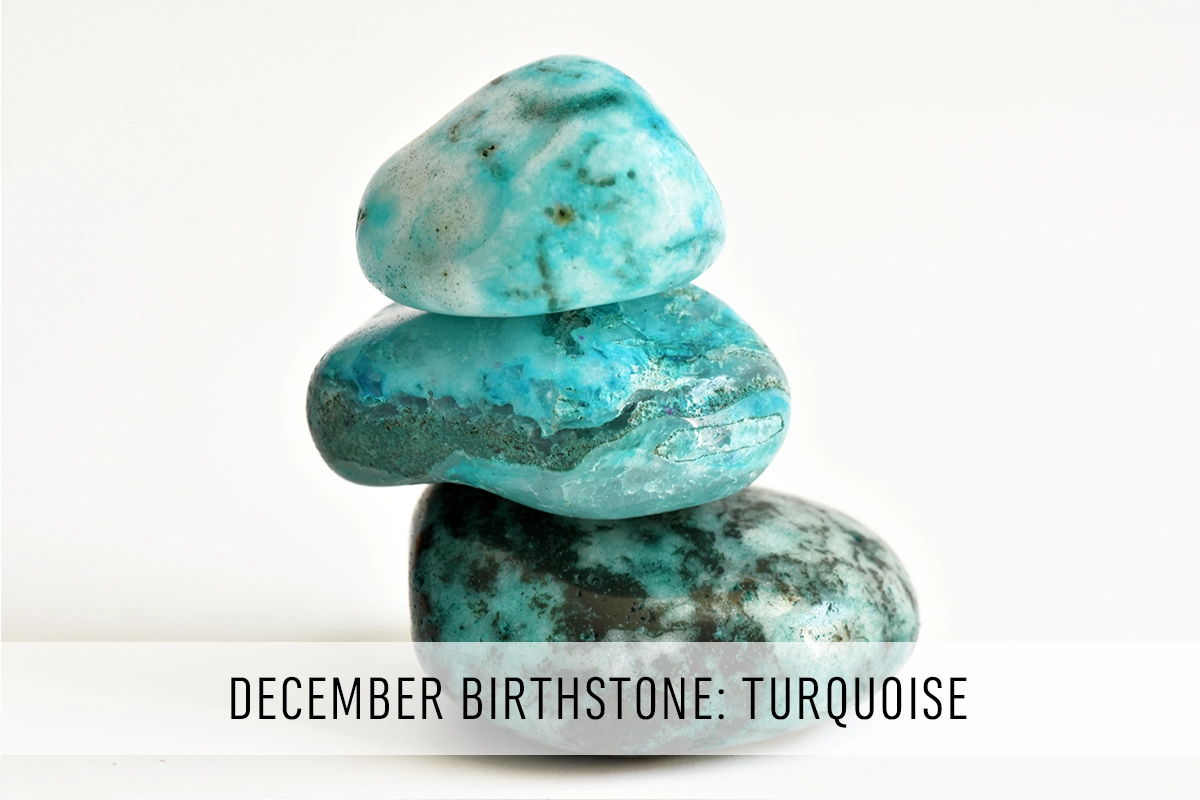Differences between these two jewelry genres related to death.

Memento Mori and Mourning jewelry are two different styles that often get confused with one another. While they might seem similar, since they both feature themes around death, there is a notable difference.
Where Memento Mori jewelry serves as a reminder of our own death and mortality, Mourning jewelry is made to commemorate a specific person who has passed away.
Read on to learn more about these two unique genres.

What is Memento Mori Jewelry?
Memento mori is a type of jewelry that serves as a reminder of death and mortality. Following the same themes as Memento Mori artworks and Vanitas, the jewelry typically features symbols of death, such as skulls, coffins, or hourglasses. These metaphors for the fleeting nature of life are meant to inspire a sense of urgency to use the time we have been given before it runs out.
This style of jewelry was popularized in the 16th and 17th century, most commonly found in the form of rings, pendants, and brooches.
The purpose of Memento Mori is to remind the wearer of the inevitability of death and the importance of living life to its fullest.
-

Large Memento Mori – 14k Gold Pendant
$3,500.00 Select options This product has multiple variants. The options may be chosen on the product page
What is Mourning Jewelry?
Mourning jewelry, on the other hand, is jewelry that is made to commemorate a loved one who has passed away. It can range from simple rings and pendants with a name or initials to more intricate pieces that feature a portrait or other meaningful symbols. Many examples of mourning jewelry also incorporate a token from the deceased such as hair or ashes.
Mourning jewelry was quite “in fashion” during the Victorian era, possibly because of the etiquette surrounding lengthy mourning periods and appropriate dress during this time. Adornments such as brooches and lockets that featured intricately braided or woven strands of hair, or crosses made of black enamel suited the somber nature of mourning outfits.
Recently there has been a rise in the popularity of vessel necklaces that hold a small amount of ashes and companies that are now offering diamonds made of cremains.
The purpose of mourning jewelry is to provide comfort and serve as a reminder of the loved one who has passed away.
In Summary
Memento Mori: Remember I will die.
Mourning Jewelry: Remember someone else who has died.
Shop Memento Mori and Memorial Jewelry
Both memento mori and mourning jewelry have a unique and special place in our culture. Whether used to contemplate mortality or to remember a loved one, these two genres of jewelry have the power to bring comfort and solace in times of sorrow.
-

Personalized Pet Paw Pendant – 14k Gold
$950.00 Select options -

Large Memento Mori – 14k Gold Pendant
$3,500.00 Select options This product has multiple variants. The options may be chosen on the product page -

Memento Mori – 14k Gold Pendant
$1,300.00 Select options





